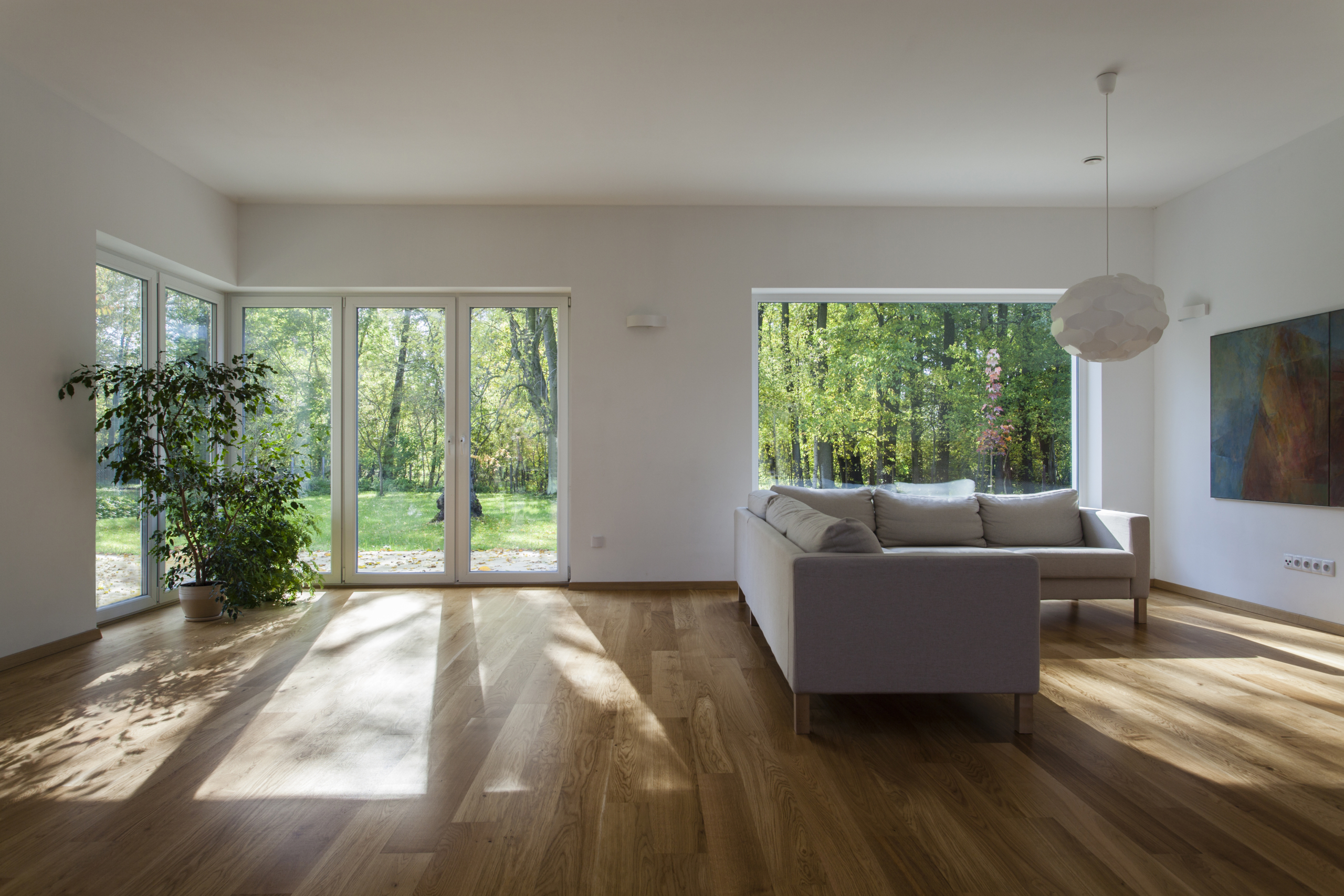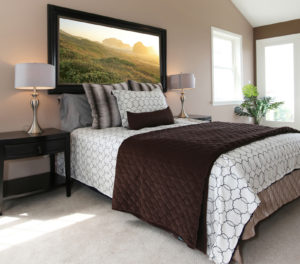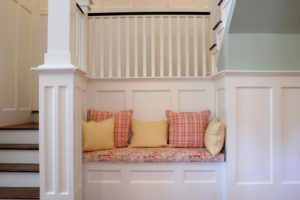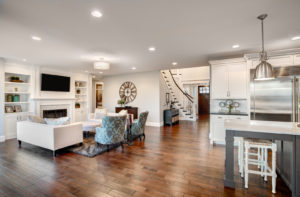3 Tips to Stage Rooms with a Purpose

Nancy Robbers
May 4, 2016
2 Minute Read

When buyers enter a home for sale, they look around and try to picture themselves living there. Cleaning and decluttering a home is the first step in helping buyers see the main features and characteristics that drew them to the listing. The next step is to stage the rooms in proper context so buyers can envision how they’d decorate with their own furnishings and customize the spaces to suit their needs. But when the current owners are using a room in a baffling way, it’s up to you to retake that space and give it a clear and meaningful function buyers can relate to.
Here are three tips for staging rooms with a purpose.
1. Go back to basics
Helping buyers see themselves in a home sometimes requires overruling a seller’s quirky opinions on how rooms could be used. An enclosed porch configured as an extra wash-up space might be what the current owner needed, but a buyer could just see it as an (odd) outside bathroom and decline to explore that home any further. Make it simple for buyers: Stage rooms for their original — or most obvious — purpose.

2. Spell it out
It’s difficult for buyers to imagine themselves using a space if they can’t determine what it’s for. If a home features an undefined space — for example, an in-between room that’s too small for a bedroom, but too big for a closet — stage it with your suggestion for how to use it. A room with a bed in it is obviously a bedroom. Whether a den, guest room or alcove, stage each space so there’s no question what it’s for: Buyers nonplussed by an undesignated space might be inclined to view the other rooms in the house as lacking purpose or simply less inviting.

3. Put the “great” in great rooms
While most rooms have a single use, a great room — part of “open concept living” — features a lot of space that the homeowner can configure in multiple ways. Don’t make a great room work too hard, or you risk confusing the buyers. Instead of staging it as a dining room, mini-gym and reading nook all in one, designate separate areas for fewer activities — for example, a family room and a dining room — to make it easier for buyers to envision how they would use it.
Showing buyers how to use individual spaces helps them emotionally connect with the entire home. When staging, make the purpose of each room clear so that buyers can see themselves outfitting the rooms to their personal taste. When buyers have to guess how they would use a room, they may leave the showing concluding that the home wouldn’t fit their needs at all.
Zillow works for agents
We're here to support you and your clients on their journey home. Discover how we can help grow your business today.
Learn more
